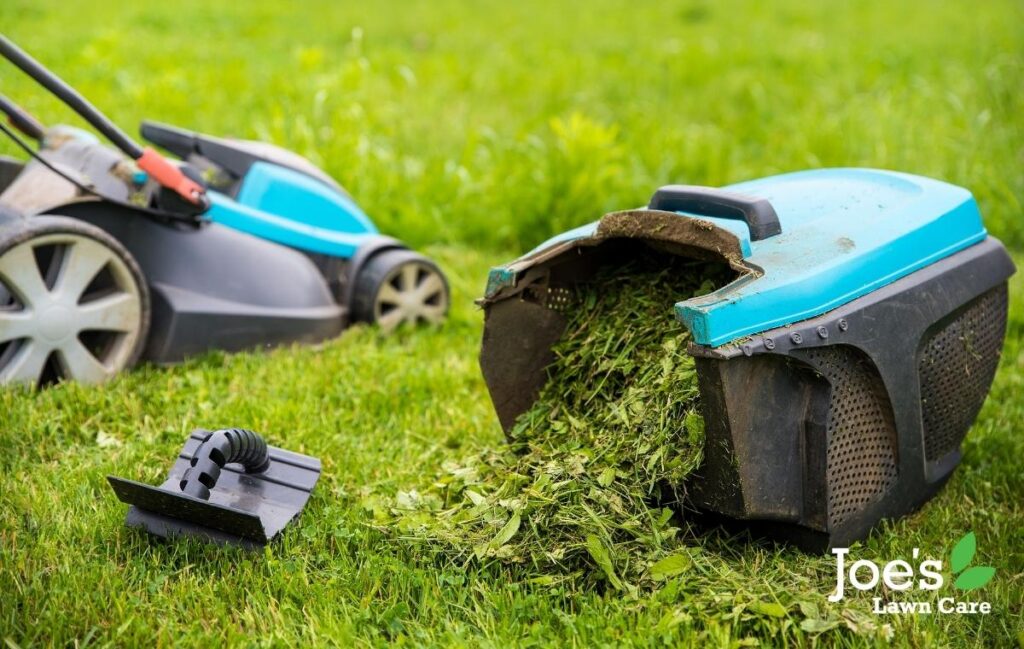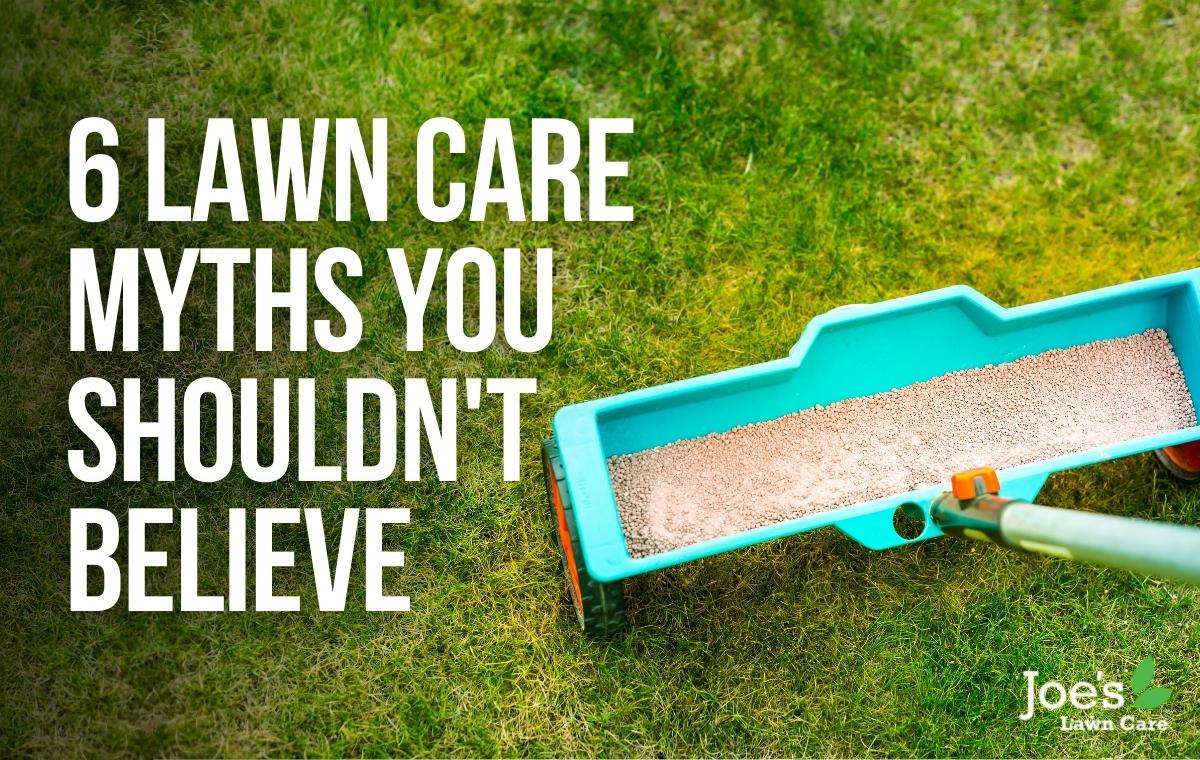Bread crusts are healthier than the rest of the slice. You have to wait to swim after eating. Too much TV will cause square eyes. When an ice cream truck plays its music it means they’ve sold out. We all believed some questionable things when we were younger. Luckily, at some point during our teenage (okay, adult) lives, we learnt the truth and now you get to laugh about how you thought all dogs were male and all cats were female, as if they were the same species (wait, was that only me?!).
The only problem is, there are still a bunch of lawn care myths you’re probably still believing, and maybe even practising. That’s right. As if maintaining a beautiful, healthy, lush, weed-free lawn wasn’t enough of a battle – what with all that mowing, watering, fertilising, aerating, scarifying etc – you also need to avoid the slew of lawn care myths that have cropped up.
So to help sort the facts from fiction, we’re here to bust those myths and help you grow the best-looking lawn possible.

Myth: You can water your lawn any time of day.
Truth: Okay, so strictly speaking, you can. But if you want your efforts to be effective and not in vain, the best time to water your lawn is somewhere between 6 and 9am in order to beat the heat. After that, the sun tends to get so hot that the moisture in your soil will evaporate before any water has even reached your grass roots. Of course, it can be tempting to wait until the evening instead of setting an early-morning alarm, but this is actually worse than watering at midday as it will create the perfect conditions for lawn fungus and other diseases.
Myth: Beer makes a great lawn fertiliser.
Truth: The logic makes sense. Yeast is good for soil, beer has yeast, beer is good for soil. The problem is, while beer does contain yeast, it also constraints a bunch of other ingredients, like sugar and alcohol, that will actually stunt any grass growth. What’s more, the yeast in beer is the kind that will also promote fungus growth. In short: try sticking to real fertilisers that are packed full of more nutrients than just yeast, whether they’re store-bought, homemade or supplied by a lawn care specialist.
Myth: The shorter your lawn, the healthier your lawn.
Truth: No. Nope. Nada. Not true. At all. In fact, it’s actually wayyyy better to let your grass grow too long than it is to cut it too short. That’s because a scalped lawn tends to be seriously vulnerable to certain weeds, pests and diseases. You see, when you mow your lawn too short, you’re actually weakening the root system, thus putting your lawn at long-term risk. What’s more, a lawn that’s been mowed too short won’t be able to absorb enough nutrients to survive and thrive, making your garden an easy target for weeds. To avoid this, check out our mowing tips.
Myth: Grass clippings cause a harmful layer of thatch.
Truth: As long as they don’t suffocate your grass, grass clippings have so many lawn care benefits. From providing your grass with organic nutrients to providing an extra layer of shade in the summer months, leaving your lawn clippings where they are is a great way to grow a healthier lawn. It’s what we refer to as grasscycling and it’s both eco-friendly and time saving. Just make sure you don’t let your grass grow too long before doing this or you will end up with a mat of thatch. Instead, make sure you either compost your long grass or find somewhere else it can be used as mulch.
Myth: You should water your lawn little and often.
Truth: We see the temptation to keep your lawn moist, especially when it’s hot. But little and often will have almost-no benefits to your lawn, and even less benefits to your wallet. Instead, the best thing you can do is give your lawn a good watering a couple of times a week, enough that it saturates your soil by about six inches. Not only will this ensure your grass roots are getting the water they need, but it will help your grass plants store enough moisture to make it through the hottest parts of the day.
Myth: The more fertiliser, the better.
Truth: You’re right, most lawns love a good fertiliser treatment. But there’s a difference between a good amount and too much. Translation: your lawn will not be any better simply because you put on more fertiliser than needed. In fact, too much fertiliser can end up harming your grass as the nitrogen will end up burning your lawn and turning it a browny-yellow. That’s why you should always follow the instructions on the packaging. That said, if you are guilty of using too much fertiliser, this four-step guide to repairing an over-fertilised lawn will help you avoid any long-lasting damage.
Thanks for reading our myth-busting guide to lawn care truths. For more lawn care tips and tricks, follow us on Facebook and Instagram.





